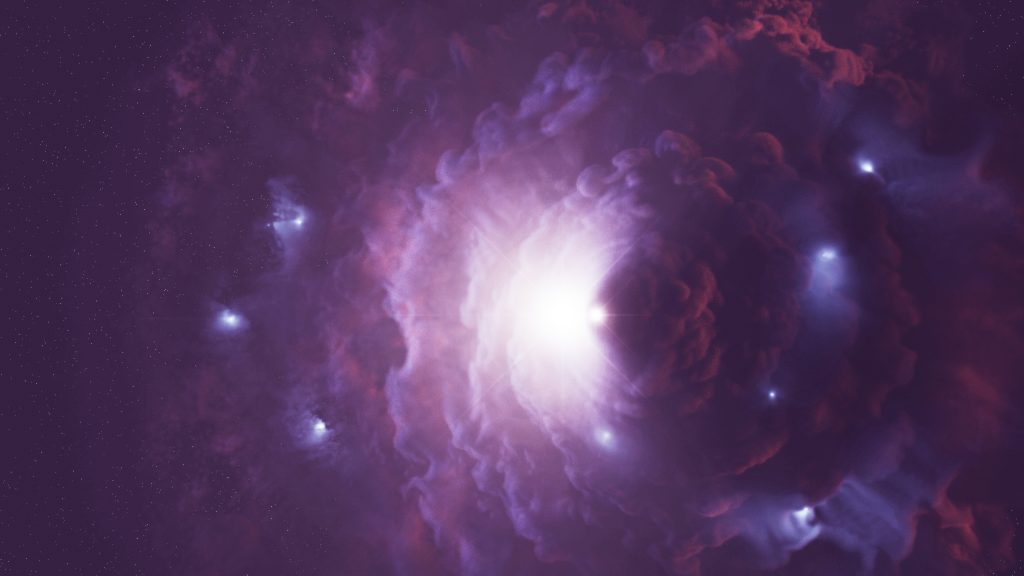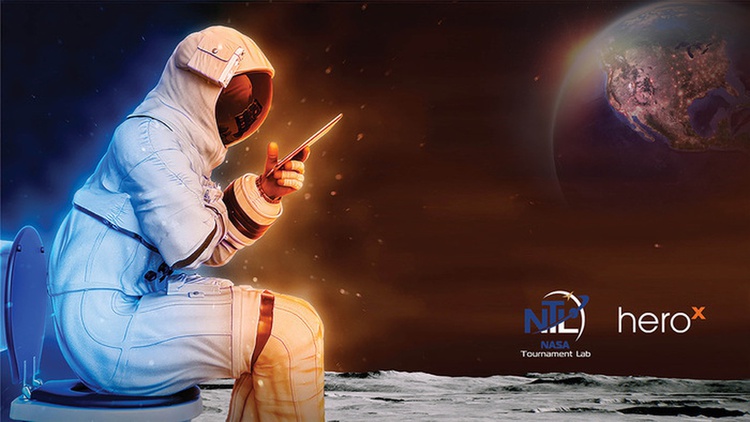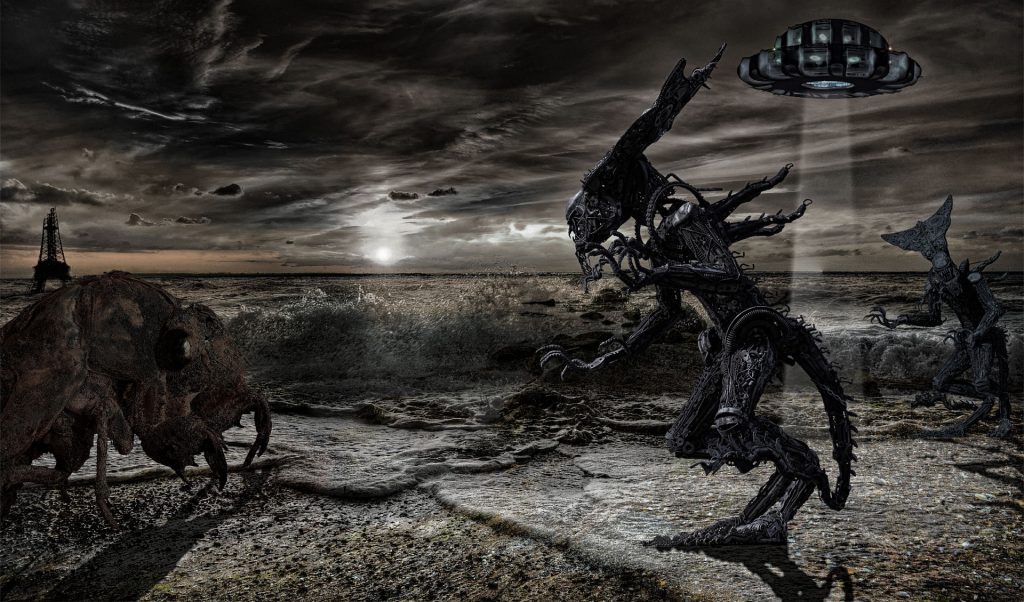In the orbit of two giants
Eta Carinae, approximately 7500 light-years from Earth, has everything that an astronomer could want. First, there’s the nebula surrounding Eta Carinae. The so-called Homunculus Nebula is still growing. It has the shape of two opposing cones, whose tips originate in Eta Carinae, and measures more than 0.5 light-years from end to end. From the propagation rate of up to 700 km/s, the existence of the nebula can be traced back to an outburst in the 1840s. Second, it is not just a single star, but a binary system consisting of two blue giants. The primary star has a mass…








